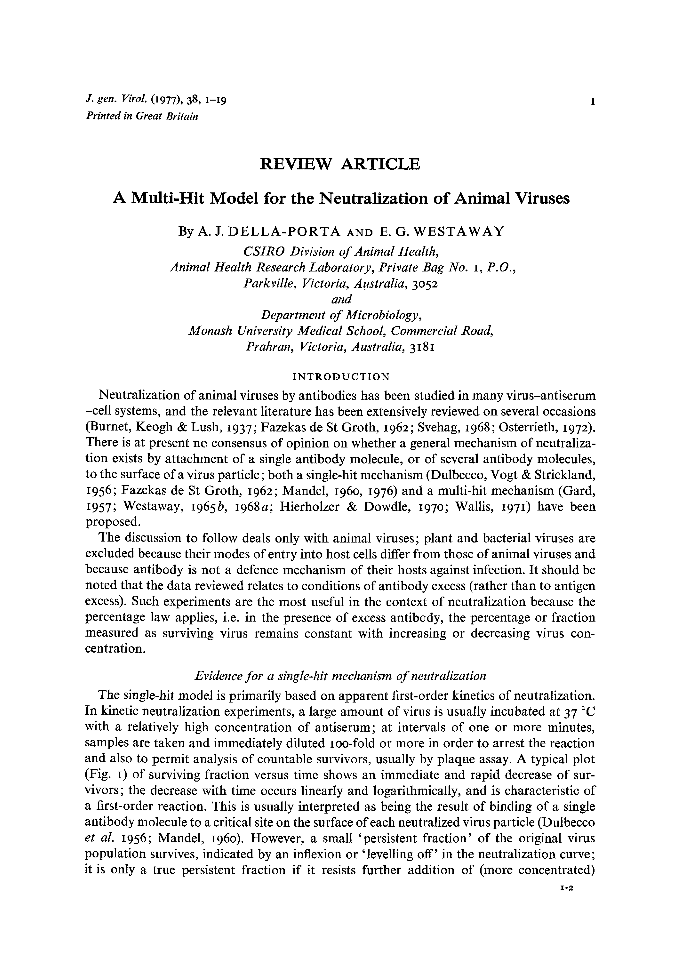
Full text loading...

A Multi-Hit Model for the Neutralization of Animal Viruses, Page 1 of 1
< Previous page | Next page > /docserver/preview/fulltext/jgv/38/1/JV0380010001-1.gif
There is no abstract available.

Article metrics loading...

Full text loading...
References


Data & Media loading...
